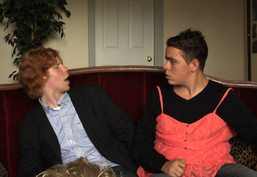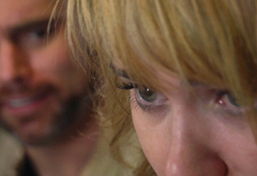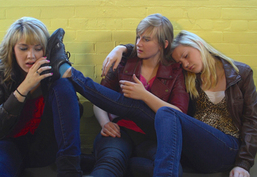DIPLOMA PROGRAMsCertificate program |
Contact Us/Phone No: (416)-536-8574 or 647 280 7407
Toll Free No: 1-866-420-4077 Fax: (416)-536-0227 Email: [email protected] Head Office: 219 Dufferin Street, Studio #1D Toronto, Ontario, M6K 3J1 |
connect with usNEWSLETTER SIGN-UP |
© 2015 XI & TAAFT




